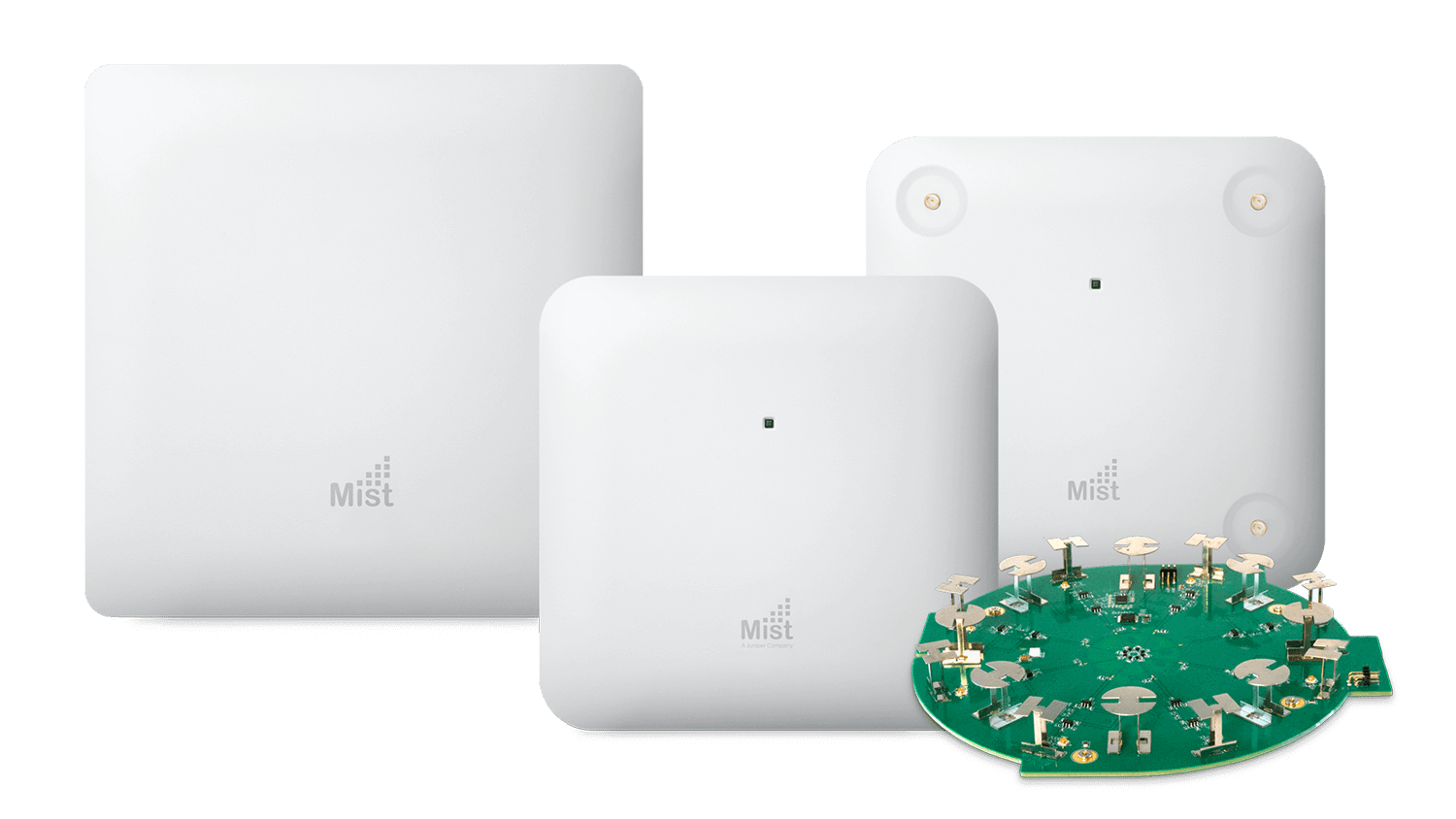- play_arrow Get Started
- play_arrow WLANs and WLAN Templates
- play_arrow Security
- Configure AP Threat Protection
- RSSI, Roaming, and Fast Roaming
- play_arrow RADIUS
- play_arrow Preshared Keys
- Rogue, Neighbor, and Honeypot Access Points
- play_arrow PCI DSS Compliance
- play_arrow WxLAN Access Policies
- Using WLAN Templates in a Device Profile
- Configure a WLAN Template
- Adding a WLAN
- WLAN Options
- Tips for Wi-Fi 6E (Video)
- Add a Bonjour Gateway to a WLAN
- Configure a Third-Party Tunnel
- Enable Geofencing
- Wi-Fi Data Rate Configuration
- DSCP Mapping
- WLAN Changes That Reset The Radio
- play_arrow Integrations
- play_arrow WLAN Guest Portal
- Compare WLAN Guest Portal Options
- Automatic Client VLAN Assignments
- play_arrow Custom Guest Portal
- Use an External Portal for Guest Access
- play_arrow Use an Identity Provider for Guest Access
- Authorize, Reauthorize, and Reconnect Guest Clients
- Troubleshoot a Guest Network That Doesn't Work
- FAQs: Guest Portal
- play_arrow Radio Management
- play_arrow Wireless SLEs
- play_arrow Troubleshooting
- Using SLEs for Troubleshooting
- Wi-Fi Reason Codes
- play_arrow Troubleshooting an Access Point
- Replace an AP
- Reset an AP to the Factory-Default Configuration
- Troubleshooting Wireless Issues
- Common Wi-Fi Issues
- Dynamic and Manual Packet Captures
- Steer Clients to the 5-GHz Band
- Bonjour and Bluetooth Devices
- LLDP-MED Power Negotiation
- Troubleshoot Your Integration with Aruba ClearPass
- Use Labels to Identify "Unknown" Applications
- play_arrow Technology Reference
Overview of Juniper APs
Get familiar with the features and benefits of Juniper access points (APs).
Juniper® Series of High-Performance Access Points operate in conjunction with the Juniper Mist cloud to provide full-spectrum wireless networking. The APs support multiband and dual-band 5-GHz radios and 6-GHz frequency radios for high-density environments, Bluetooth Low Energy (BLE) for wayfinding, and for location tracking and IoT devices. You can manage APs by grouping them by site, use case, or model and manage them collectively with device profiles. You can also provision APs automatically with specific configurations as you onboard them to the site.

Juniper APs stream telemetry data from the wireless and wired networks back to the Juniper Mist cloud. The data is aggregated and analyzed against service benchmarks to be used for AI-powered performance optimizations. This data is used to troubleshoot issues and manage the network from the central Juniper Mist dashboard.
The Juniper AP portfolio supports 802.11ax and 802.11ac Wi-Fi standards, and includes models for both indoor and outdoor locations. Most models include a third or fourth radio. The additional radios are used for performance monitoring, rogue AP detection, and real-time packet captures. Most APs include a dynamic, virtual (vBLE) 16-element antenna array that provides location services with a resolution of 1 to 3 meters. All APs support automatic firmware upgrades.
See Supported Hardware: Juniper Mist Supported Hardware.





















